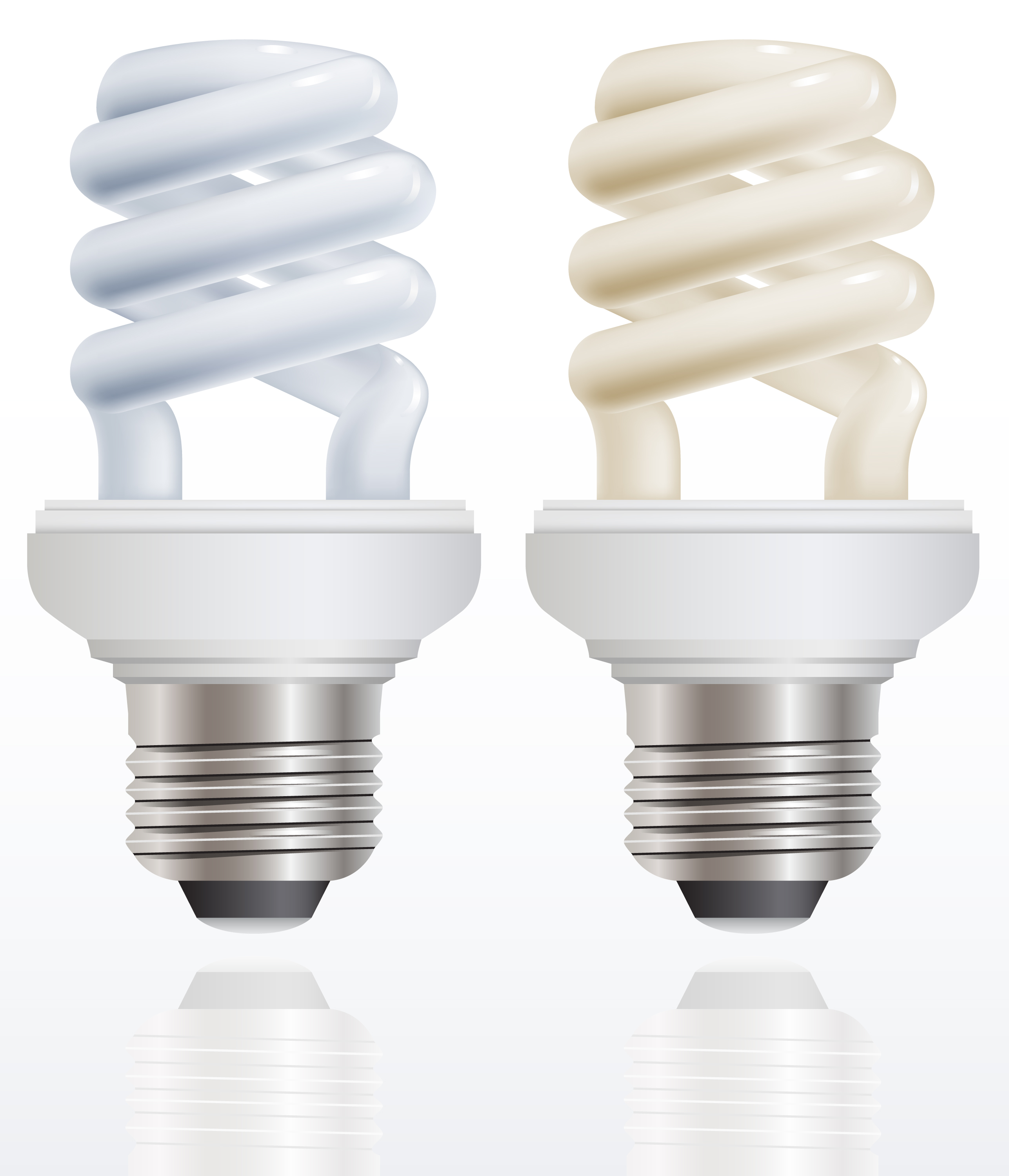Energy-Saving Lighting
 Occupancy sensors reduce energy waste by taking over light switch chores. Sensors
turn the lights on when they sense someone coming into a room or area, and then turn
the lights off some time after sensing the room is empty.
Occupancy sensors reduce energy waste by taking over light switch chores. Sensors
turn the lights on when they sense someone coming into a room or area, and then turn
the lights off some time after sensing the room is empty.
Using occupancy sensors can reduce energy use by as much as 45 percent. Improving
energy efficiency can reduce emissions that contribute to global warming, mercury
contamination in lakes, acid rain, and nuclear waste.
With lighting typically accounting for 30 percent to 50 percent of energy use in
most buildings, finding ways to increase lighting efficiency can result in significant
savings in any facility.


